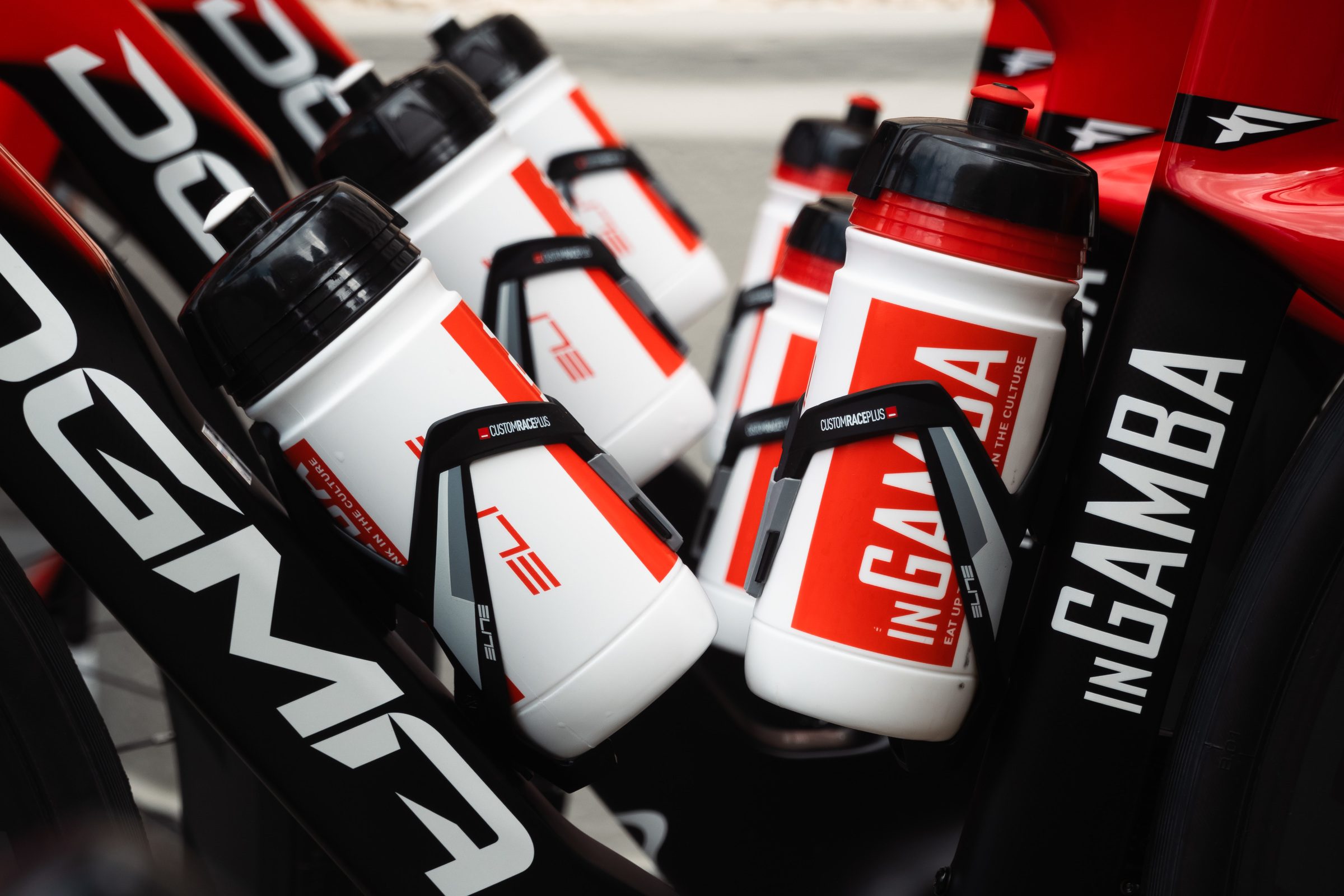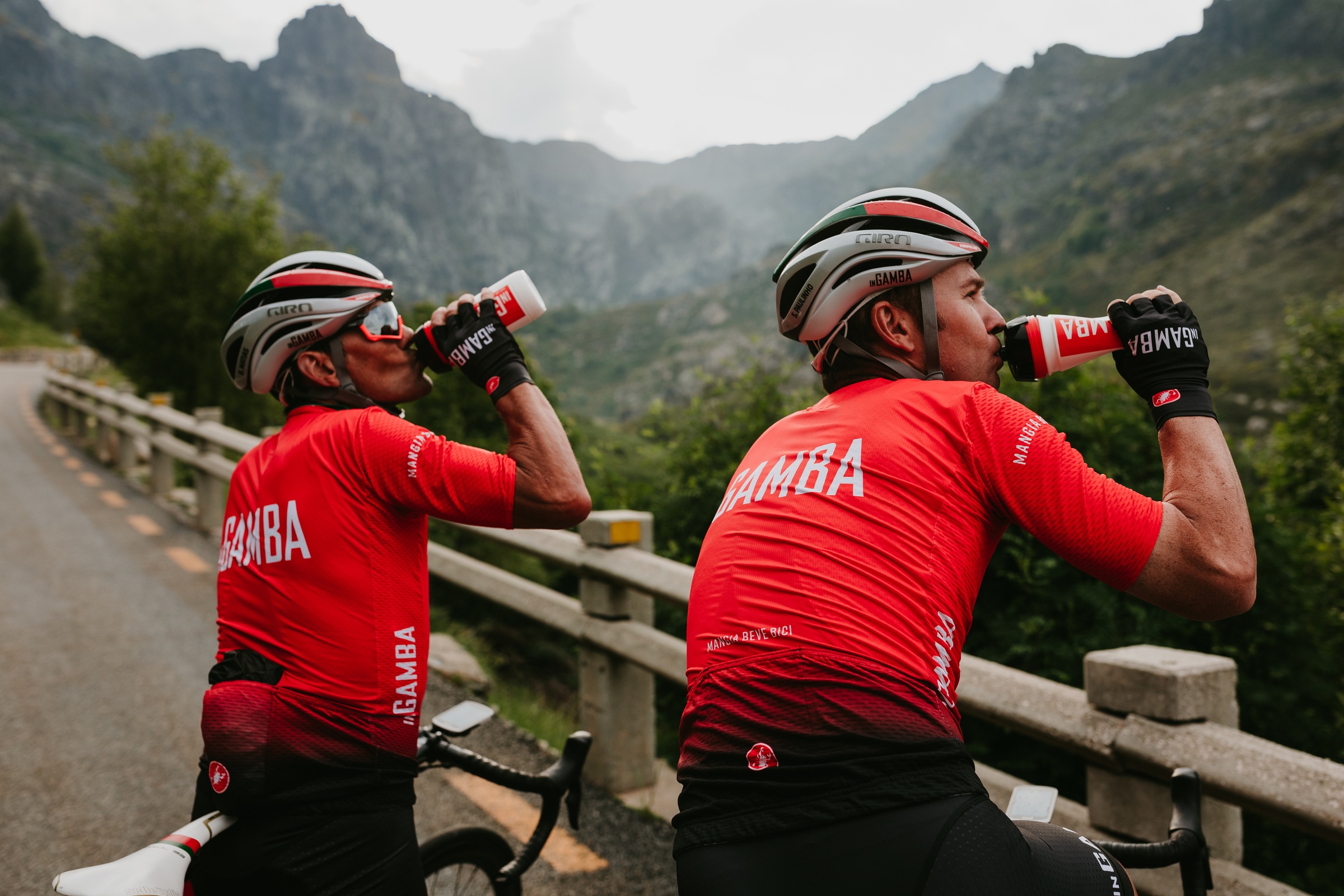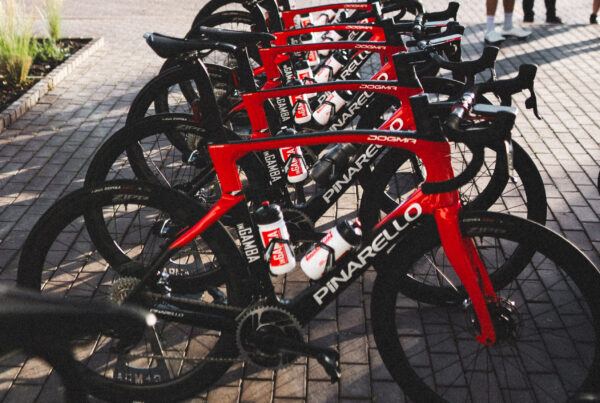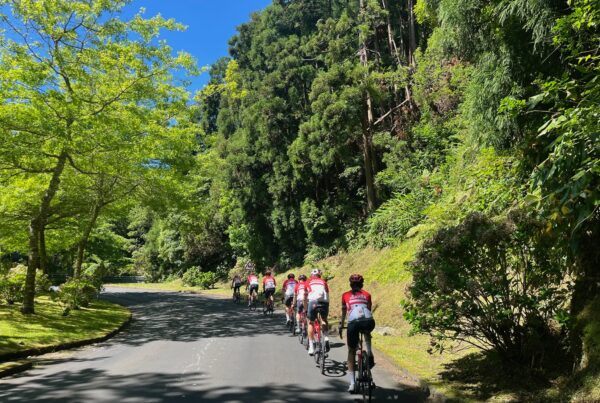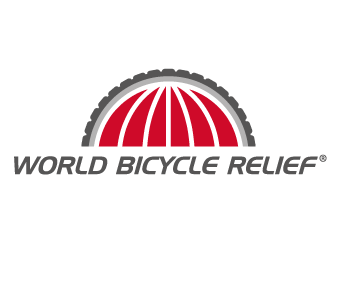Whether you’re new to cycling or an experienced pro, understanding how you fuel your body on and off the bike is crucial. Good nutrition impacts your performance and enjoyment in the saddle and your overall health.
These days, however, there is a lot of confusing trends and contradictory information online, promising fantastic results. It’s relatively easy to get lost in the specifics of the nutrition world.
To stay on track, just remind yourself of the basics: fueling, hydration, and recovery. And remember, you can follow a relaxed diet if you are not training to win the Tour de France.
We caught up with Doctor Francesco Chiappero, a sports scientist and member of the “Equipe Enervit,” Enervit’s team of elite nutrition experts, to discuss how good nutrition means success on your bike, if you need to take supplements, and how you can avoid bonking.
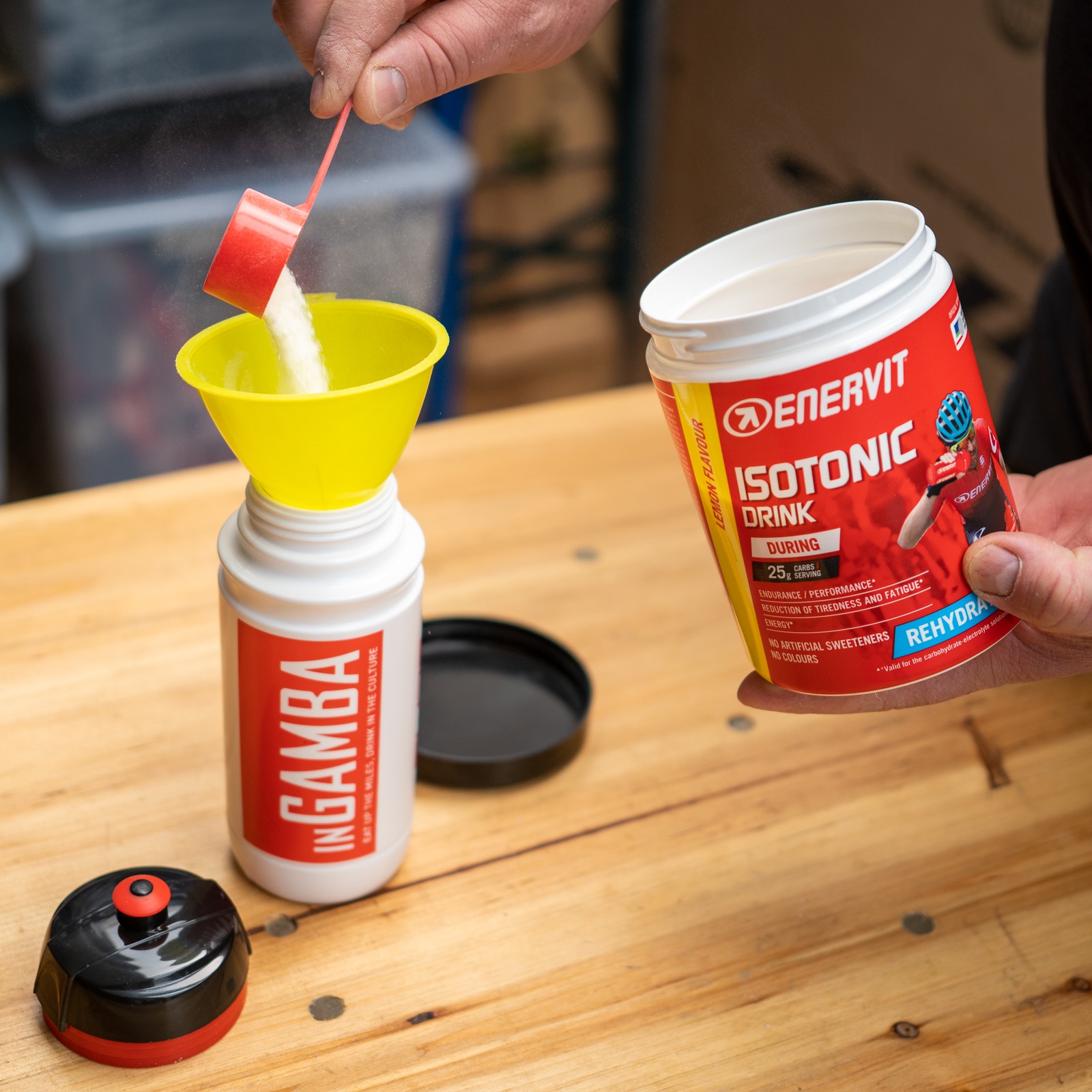
What are the most important nutritional considerations for cyclists?
Sports nutrition has three essential pillars to consider: energy, hydration, and recovery.
Cycling is one of the most energy-intensive sports. Athletes often engage in training or multi-day racing that pose a real challenge to the body and its energy balance.
Therefore, there’s a need to focus on pre, during, and post-activity to maximize the synergy between training and nutrition.
So what are the best foods and drinks to consume before, during, and after a cycling workout?
When it comes to foods and strategies for optimizing performance, carbohydrates are vital. Scientific evidence has demonstrated the role of carbohydrates in improving sports performance in both the short and long term.
Beware that not all carbohydrates are equal. Some are absorbed more rapidly than others, which makes them more – or less – suitable during different periods of activity.
BEFORE
Before starting an activity, it’s important to correctly “top off” the energy tank and ensure you are adequately hydrated. Take in about 250-500ml of mineral-rich water, and sip it during the 60 minutes before the activity.
Also, take in 30-50g of carbohydrates, opting for those with a low glycaemic index. By doing this, you can optimize your energy expenditure split between carbohydrates/lipids during the first phase of the activity.
DURING
During the ride, it’s essential to implement an appropriate strategy to support energy expenditure and hydro-saline balance.
Good support comes from specific water bottle preparations, such as an Isotonic drink combined with a portion of carbohydrates available in various formats, such as gels, bars, or gummies. Carefully evaluate the amount of drink and carbohydrates; a suggested minimum is 250 ml and 30g per hour during easy pedaling in cool climates and up to 750 ml and 90g per hour during more longer (3hrs +) intense workouts on hot, muggy days.
AFTER
As soon as your ride ends, recovery begins. This is a crucial time to ensure that performance capacity is maintained. Within the 30 minutes immediately following a cycling activity, take in about 50g of carbohydrates and a small protein source of 5-10g, preferably dissolved in water.
And does this program work the same way for long training sessions or races?
The longer and more intense the ride, the more important energy is. The goal is to ensure maximum carbohydrate intake per hour of cycling. The optimal intake ranges from 30 to 60g of carbohydrates per hour during a ride between 60 and 120 minutes, to more than 90g per hour when the effort is very intense and lasts more than three hours.
However, this dose can only be achieved by taking advantage of unique carbohydrate blends of glucose and fructose in a 2:1 ratio to avoid gastric discomfort.
Without products that can guarantee the proper 2:1 ratio of glucose to fructose, the optimal goal is 60g/h, the maximum amount assimilable by a “single” carbohydrate. Intake of higher amounts does not guarantee greater energy availability but does increase the risk of intolerability.
Many riders suffer from muscle cramps and fatigue during their training sessions. How can they prevent and recover from that?
Muscle cramps have multifactorial origins. Inadequate nutrition/supplementation can promote their onset, as can muscle fatigue and high-intensity exercise. It’s essential to know how to dose oneself. An unmistakable sign of excessive intensity is burning in the legs due to lactic acid build-up.
While dehydration alone may not cause muscle cramps, it may be a contributing cause. Remember to hydrate in small sips every 15 minutes or so and to reach for drinks rich in potassium, magnesium, and sodium. If the problem persists, checking the athlete’s biomechanics relative to the sport is also helpful. For example, poor cycling positioning could subject some muscle zones to more significant stress and cause accelerated fatigue.
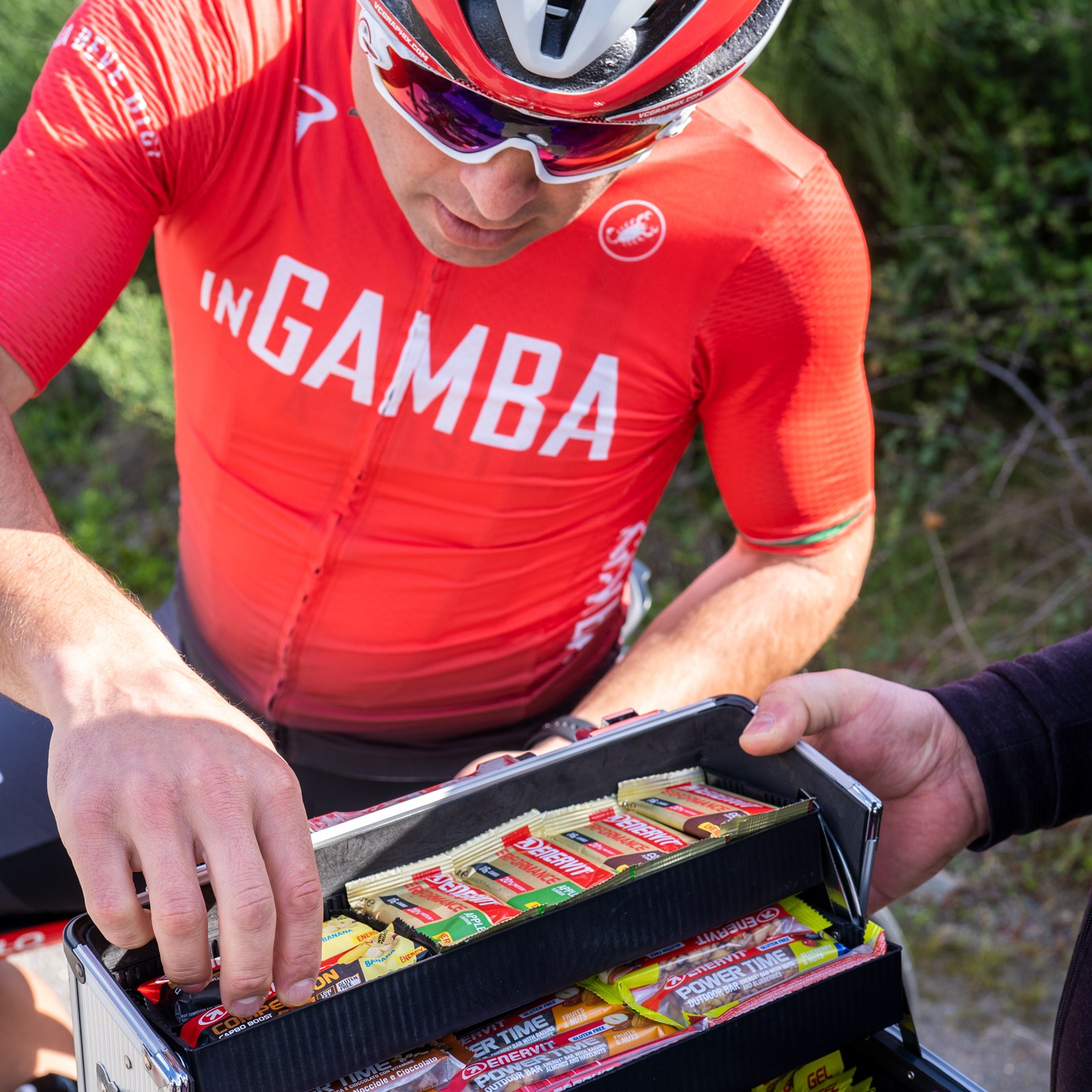
There’s also a whole market of sports supplements out there. What are the benefits of using sports supplements for cyclists?
The athlete who consistently trains and competes subjects the body to stress that’s often beyond the body’s ability to recover. This situation can be detrimental not only to performance but also to health. Helping the body to modulate stress is one of the sought-after goals to achieve through optimized nutrition and supplements, including energy supplements and mineral salts, vitamins, fatty acids, and phytonutrients.
The right balance between nutrition, supplementation, physical activity, and recovery is the key to achieving and maintaining each cyclist’s maximum athletic potential.
Nutrition, hydration, and supplementation. It’s a lot. How can cyclists ensure they get enough of the nutrients they need?
One simple action is to monitor weight trends, or body composition, by storing weight, lean mass, fat mass, and hydration status data. Thanks to the technology of impedance scales, it’s easier than you think. Step on the scale each morning, which will help limit variability accumulated during the day, and store the data on the respective APPs. In the instance of significant deviations from “normal” values or sudden variations, the collected data will show trends helpful in identifying potential risk situations that should be evaluated with the help of an expert.
How can cyclists avoid nutritional deficiencies?
As one makes a training plan, it’s also essential to plan the nutritional approach. This part of the plan should be approached with one’s trainer and, when possible, refined with the help of a nutritionist. Guessing nutritional strategies within a training plan or embarking on unbalanced diets are frequent mistakes that can prove very dangerous. There are proven guidelines for most athletes, but subjectivity is to be considered the more the level of physical activity reaches significant levels, such as in cycling.
Francesco Chiappero is a doctor in physical and sport sciences, and a member of the Equipe Enervit, a scientific team that studies, tests and develops innovative strategies in the field of sports nutrition. He has worked with national and international athletes, both at amateur and professional level, since 2006. He has been Alex Zanardi’s trainer since 2011 and has actively contributed to his numerous Olympic successes. He is also the founder of ReAction, a multidisciplinary practice offering 360° services for endurance athletes.
Check out thefeed.com for an extensive selection of Enervit’s legendary performance products, including their groundbreaking new C2:1 Pro range.
